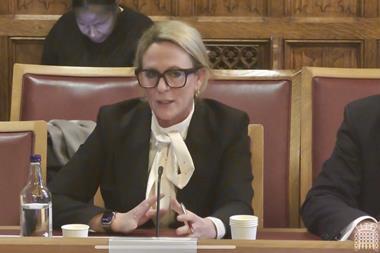The challenges and opportunities in catering to the up and coming
As competition and capacity increases within high-net-worth lines of business, what can brokers do to attract emerging wealth and maintain their market share?
High net worth lines of business have been subject to heightened competition in recent years, as insurers have moved into the space seeking attractive returns in what is deemed a profitable class of business. In the UK alone, the high net worth and mass affluent insurance markets are set to exceed £750m by the end of 2017, reaching nearly a third of the population, according to the Datamonitor wealth report.
Traditional players such as Hiscox, Chubb and AIG are increasingly competing with new entrants, including Plum, Covéa, Oak, Ecclesiastical and specialist MGAs. Between 2008 and 2012 there was a 42% increases in HNW providers, according to Defaqto.
“There’s no doubt the high-net-worth market is growing, and growing at the rate of indexation,” says Oak Underwriting Private Clients managing director Mark Coffey. “But whereas in 2008 there was 17 providers and 25 products available in this space - in 2017 there are 25 providers and 50 products available.
“So we see the market is growing but for the carriers and brokers operating in this market it is very overcrowded, and this leads to the market becoming very soft and commoditised at a time when it can’t afford to,” he explains. “With the increased capacity that’s available, everybody is clamouring to get into the high-net-worth market.”
“Insurers believe this is a really lucrative market and everybody wants a slice of it,” he adds. “So you will see new entrants and MGAs coming in and unfortunately the more capacity there is, the more players there are, the more sensitive the market becomes at a time when we should be moving towards a harder market, with claims inflation going up.”
Whether natural catastrophe losses in 2017 will impact rates within the HNW lines of business remains to be seen. Hurricanes in the US and Caribbean and the most costly wildfires in history (on an aggregated basis) in California’s wine country could lead to a market correction, particularly on loss-hit accounts. However, within the UK HNW portfolios continue to perform well and appetite for the class remains strong.
For mass affluent clients, described as individuals with over £30,000 in liquid assets, there is a significant opportunity for brokers to guide clients as they make the shift from standard policies through to mid- and high-net-worth products. However, with a growing number of mid-net-worth clients going direct, and numthere is a significant challenge for intermediaries to demonstrate their value and retain customers in this segment of the market.
“Brokers shouldn’t be afraid of what they are and what they stand for, particularly as the emerging wealth in the mid-net-worth space is even more price sensitive than in the HNW space,” says Coffey. “Brokers have got a massive opportunity in this market and they’ve got to grab it with both hands. There’s a market out there and they’ve got to be proactive.”
He advises they make full use of their commercial client banks and develop relationships with local businesses, such as jewellers, IFAs and local solicitors, in an effort to reach new customers.
We know there are some products out there on the aggregator sites - but that’s not going to be bespoke to a customer’s lifestyle. So brokers have got a great opportunity in this market but they need to develop those relationships with the customers beyond what is purely transactional and really drive and highlight the value they offer.
How brokers can win and retain customers with emerging wealth also comes down to how they communicate and interact and to what extent they are willing to invest in new technology in order to do that. They should be looking to transfer with emerging wealth in a different way to how traditional HNW has been transacted.
Someone in their early thirties who is tomorrow’s high net worth will want to do everything on their smart phone. Clients need to be able to drop a quick email to the broker, to upload a photo of their new watch with the valuation and know that’s the job done. We’re operating in the 21st century and if we can make that customer journey better, simpler and easier then everyone is a winner. And then it’s just about maintaining the high service levels.
Hosted by comedian and actor Tom Allen, 34 Gold, 23 Silver and 22 Bronze awards were handed out across an amazing 34 categories recognising brilliance and innovation right across the breadth of UK general insurance.














































No comments yet